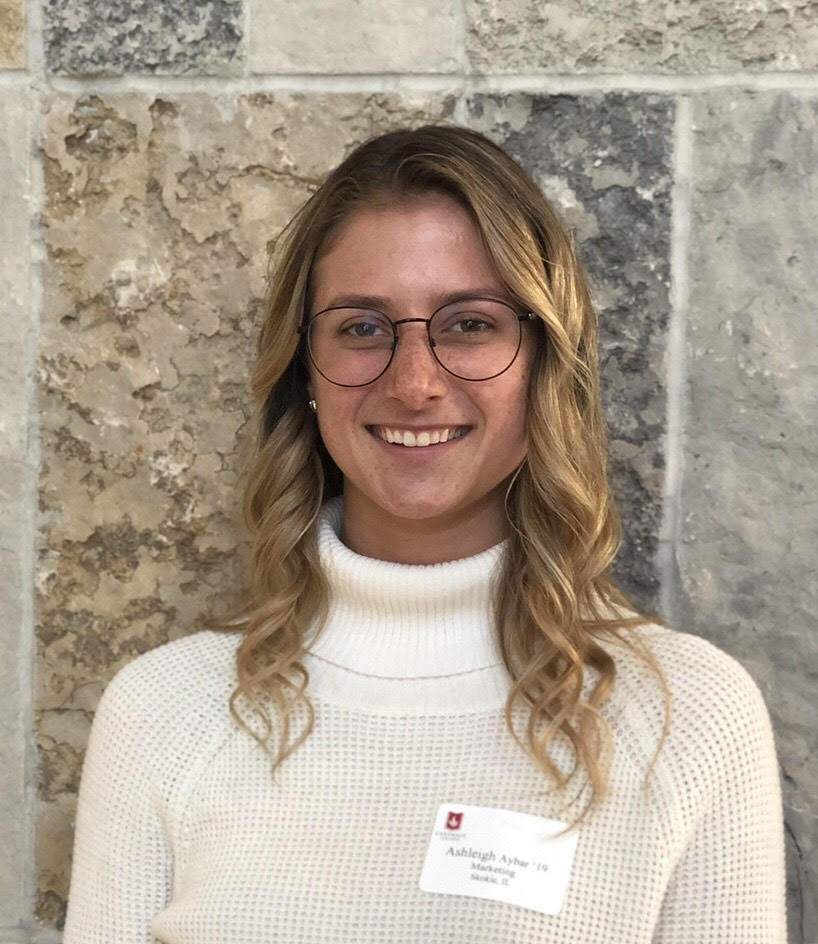Celebration of Scholars
Interdisciplinary Necessity: Employing GIScience to build more effective business decisions and business curricula.
 Name:
Katelyn Switzer
Name:
Katelyn Switzer
Major: Marketing
Hometown: Chicago, IL
Faculty Sponsor:
Other Sponsors:
Type of research: Independent research
 Name:
Ashleigh Aybar
Name:
Ashleigh Aybar
Major: Marketing
Hometown: Morton Grove, IL
Faculty Sponsor:
Other Sponsors:
Type of research: Independent research
Abstract
Geographically weighted regression, geospatial market segmentation, and geospatial science are well established tools in academic research. This project builds on that literature and transports the methodology to a business context. Although businesses have used spatial methodology, it is under utilized in commerce and especially in business school curricula. This project demonstrates spatial statistical methods, and their application to business.
This research first advocates for the integration of location intelligence into higher education business curricula. This may be best achieved through the addition of GIScience to market research and analytics classes. Through the execution of regression models, run on both statistical and GIS software, it is revealed that the GIS software tells a more detailed story of an underlying modifiable areal unit problem - a problem that would not have surfaced without the integration of location intelligence. By integrating GIScience, business schools create well-rounded students better equipped to offer increased value to employers. In turn, companies investing in spatial analysis aid the development of their employees, allowing them to better understand target markets, make more well-informed decisions, and improve the organization’s bottom-line. Utilizing GIScience, businesses and their employees have power to analyze their brand, and competitors on a larger scale. This project exhibits this through examination of locational expansion. By integrating spatially-based trade area techniques, specialized data is produced to aid in the decisions surrounding geographic expansion.
Submit date: March 17, 2019, 7:46 p.m.
